A year has passed since the conservation work at St Michael Coslany, also known as St Miles, was completed.
NHCT’s Property and Conservation Manager Sandra Martins, and Newsletter Editor Tim Cook reflect on how the project went on and highlight its successes.
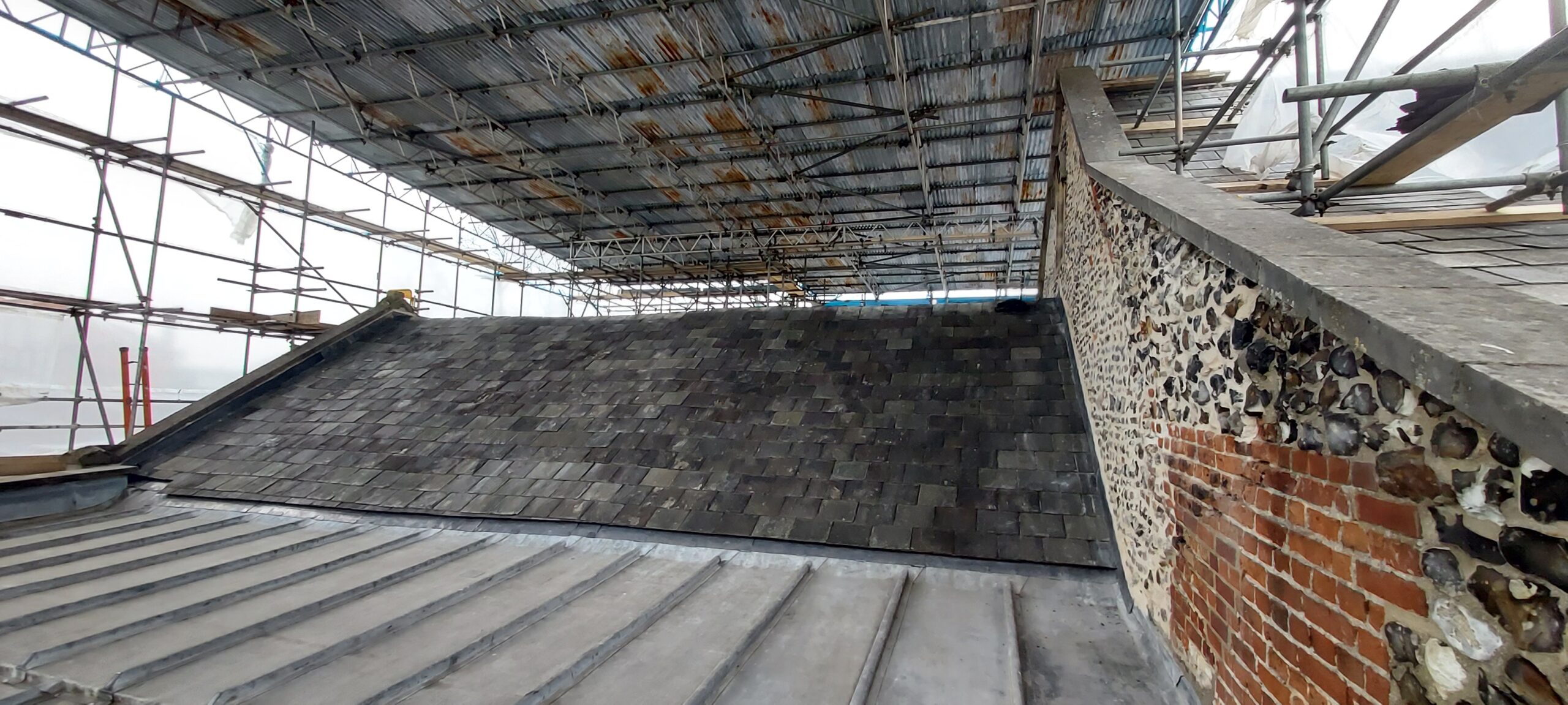
Image: the completed roof. ©Oliver Chinn, Purcell
The story began in autumn 2021, when the church’s tenants, Oak Circus Centre, reported that a piece of plasterwork had fallen from the chancel roof – the chancel being ‘the part of the church containing the altar where the choir and the clergy usually sit’ (Collins Dictionary). What seemed a merely cosmetic issue developed into a more serious matter when an inspection of the chancel carried out by the Trust’s then surveyor Mark Wilson, found the plasterwork had covered not only rot in unsupported roofbeams, but also an infestation of the conservationist’s perennial enemy, the deathwatch beetle. Work was also required on the wallplates, flushwork, guttering and drainage. Funding was sought and acquired from Historic England, Churches Conservation Trust, the Paul Basham Trust and the Freemans charity. Such was the damage that work had to begin at once!
The chancel is the oldest surviving part of St Michaels, itself already a church of international significance, dating back to at least the late fifteenth century, when the church underwent a major expansion. The site itself had been used as a church since at least c.1200 and used for gatherings and worship perhaps back into Anglo-Saxon times. All this means that parts of the chancel could be as much as 800 years old, if not older.
Purcell were the appointed architects, and Eastern Foundry Lead was the main contractor carrying out the repairs; Neil Forkes Stained Glass delivered the repairs to the southwest nave window. Work began in October 2021; the rafters were pinned to prevent them ‘spreading’ and new wallplates were fitted. Then old paintwork was stripped back from the timbers, and a new suitable paint was used. Outside, parts of the stonework were repaired, respecting the beautiful flushwork. The roof was reinstated, and the southwest nave window tracery was repaired. We worked closely with the tenant so that they could remain in place during the works. Less than six months later the repairs were completed, and St Michaels was saved from closure.
If you’d like to see the finished work for yourself, you can get down to St Michael Coslany. You can also visit the Oak Street Circus Website if you fancy trying out one of their workshops. Finally, click below to see our 360 Tour of St Miles, or to read about the Project on the Historic England Website.
Project Photo Gallery
An image is worth a thousand words, especially as we try to explain the splicing of rafters or flint flushwork… Delve into the visual changes that took place with the repairs. Click on the photos to enlarge.
What the experts say
Hear from the experts and workers onsite about the repair works that took place at St Miles. Click on the image to play.
Our thanks go to…
The Funders: Historic England, Norwich Freemens and The Paul Bassham Trust.
The Architects: Purcell Architects, Particularly Oliver Chinn.
The Contractors: Eastern Foundry Lead, particularly Markus Munford and Robin Sandford.
The Tenants: Oak Street Circus, particularly Massi and Anabel.
The Neighbours.

The Oak Street Circus in full swing after the project completion ©Stella Fitzgerald, Historic England

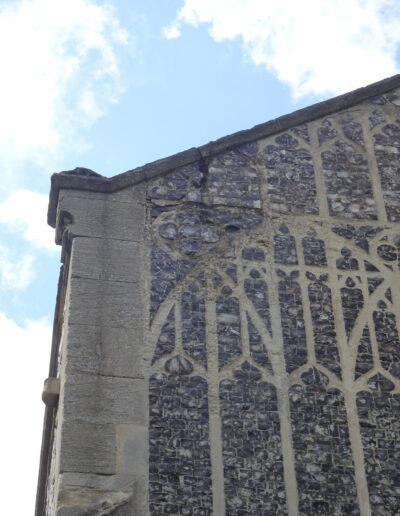
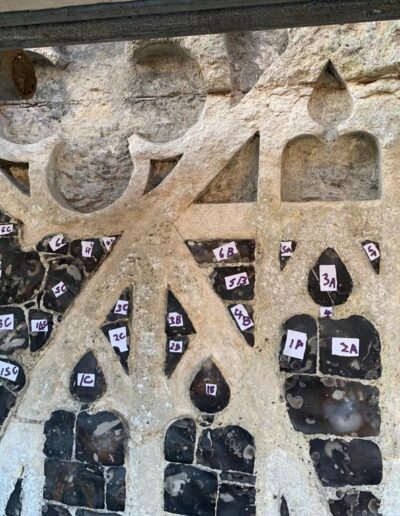
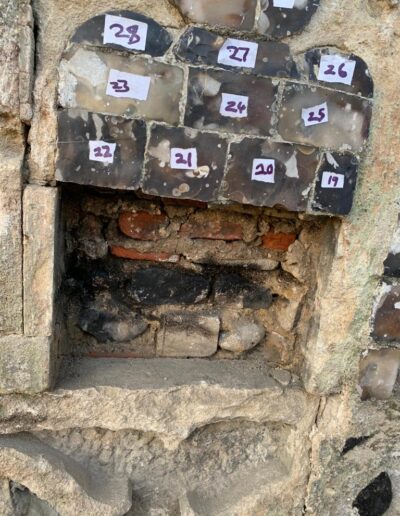
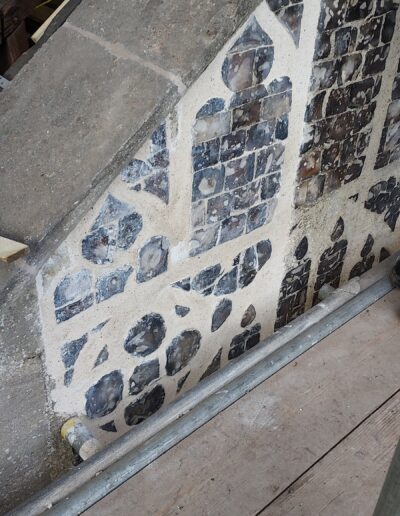
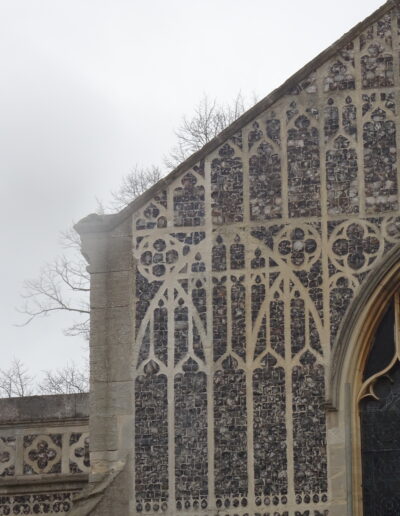
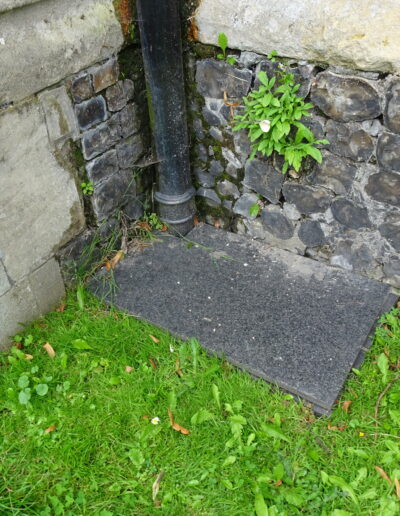
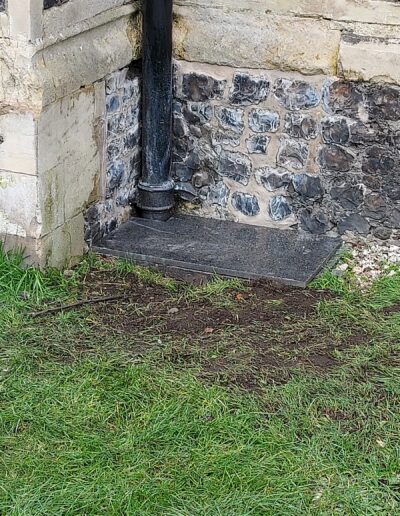
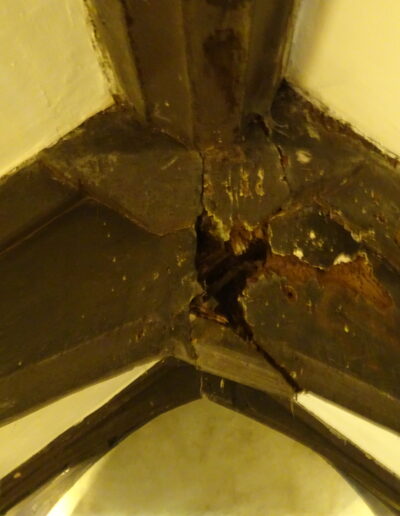
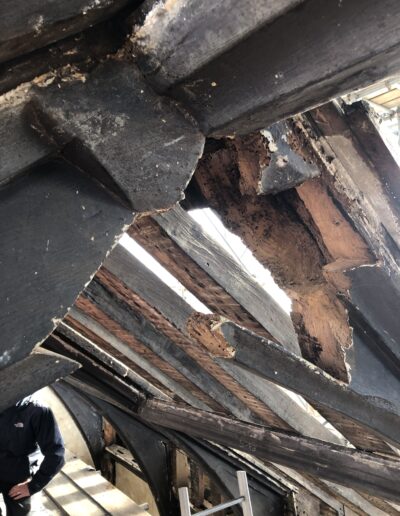
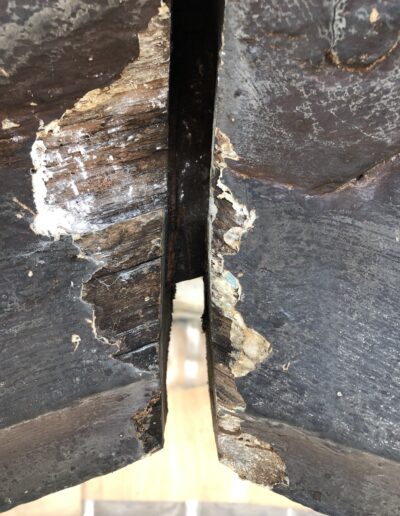
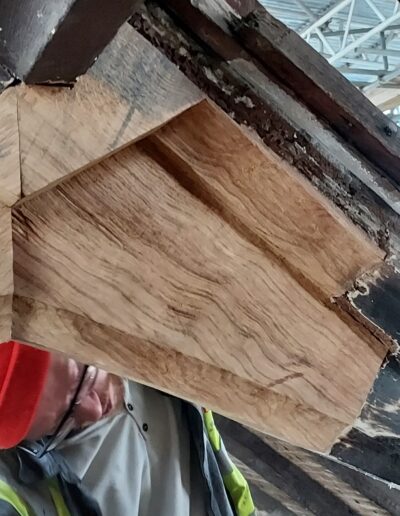
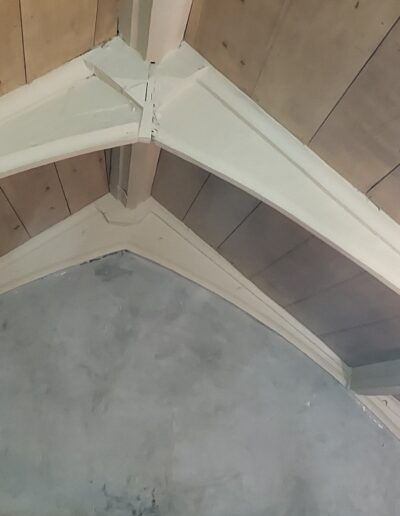
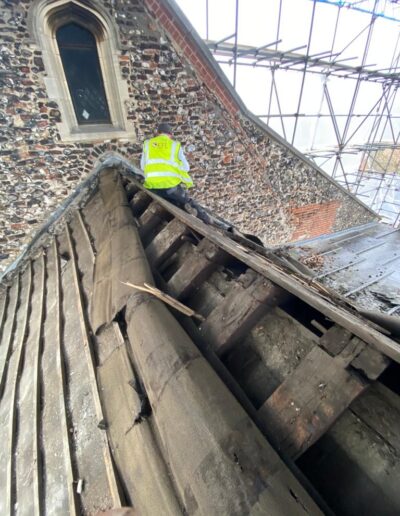
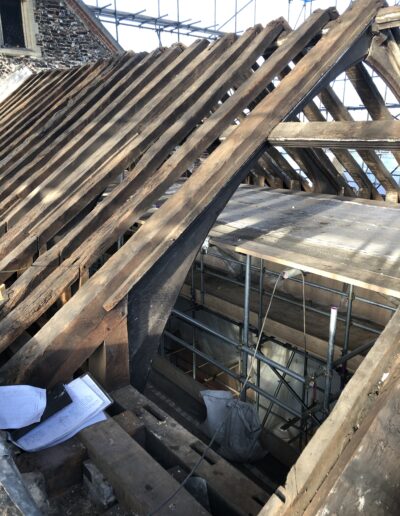
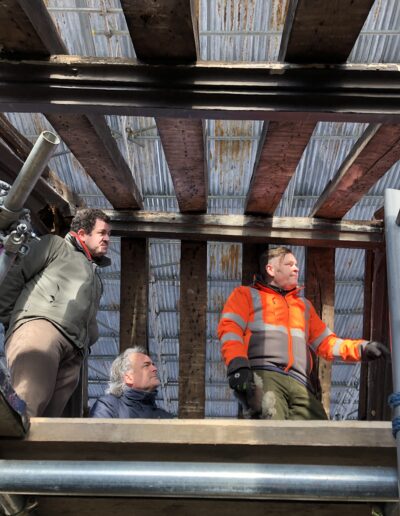
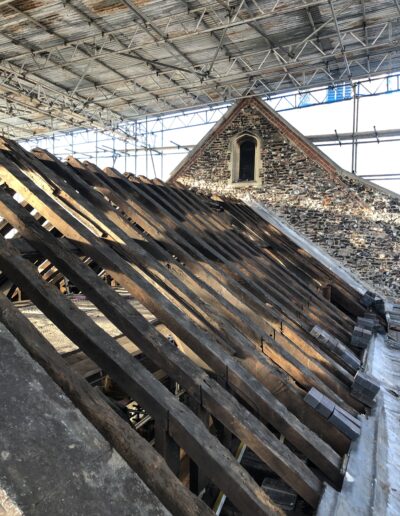
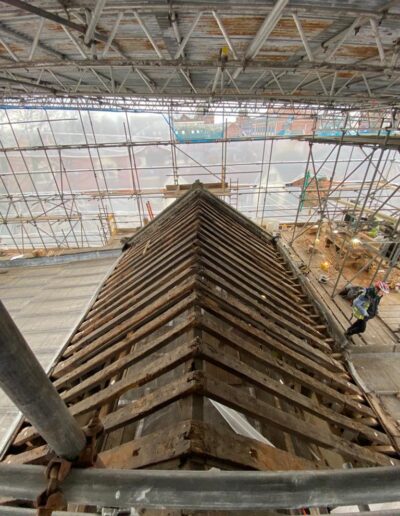
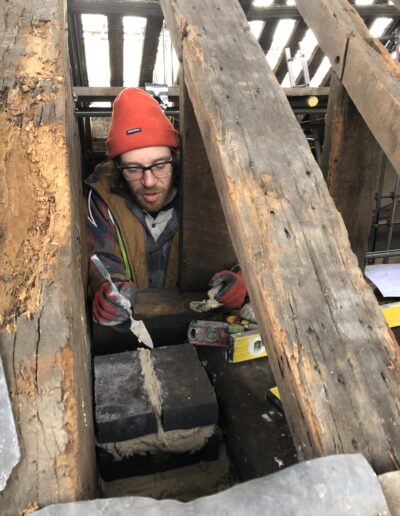
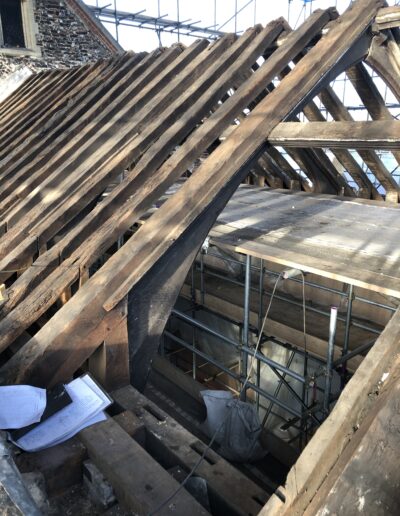
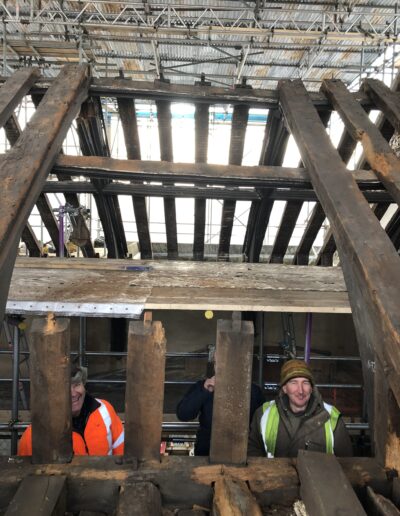
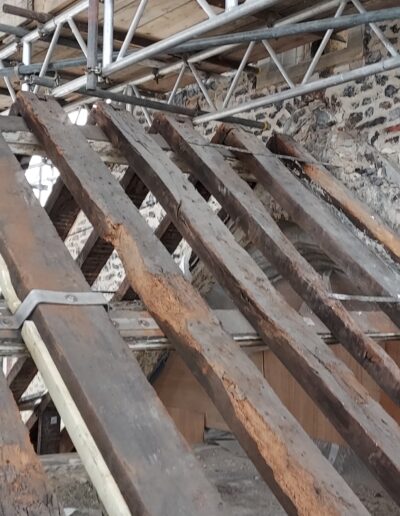
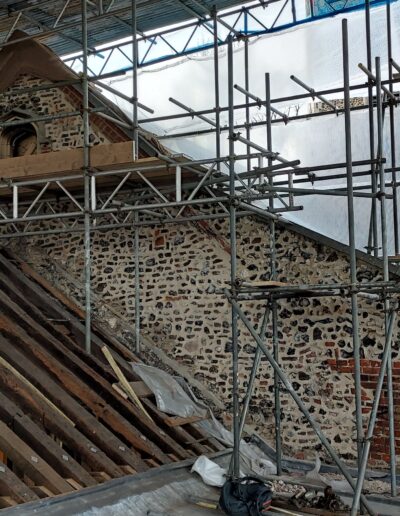
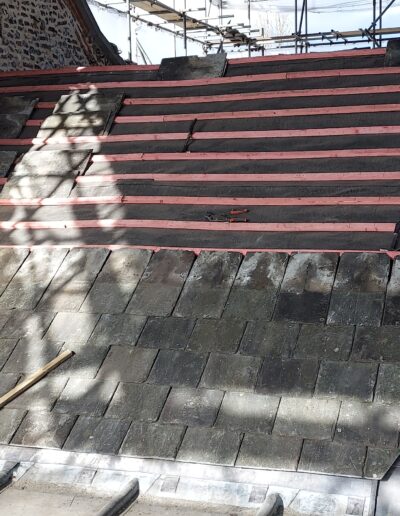
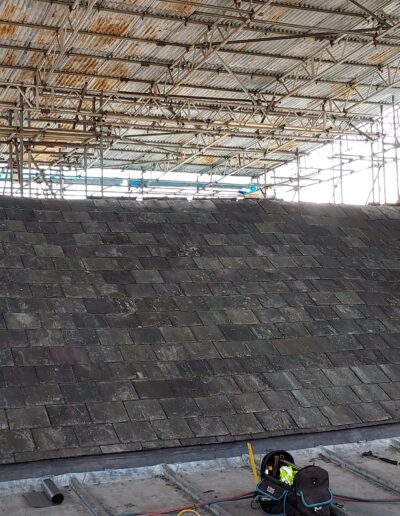
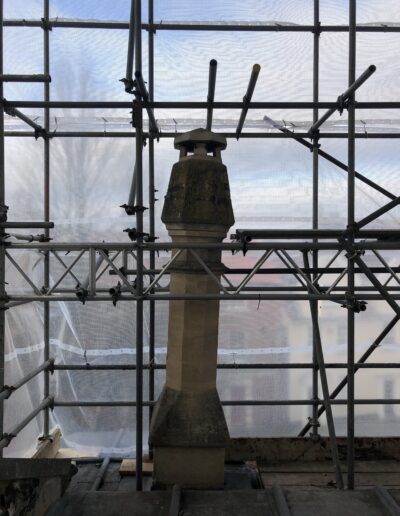
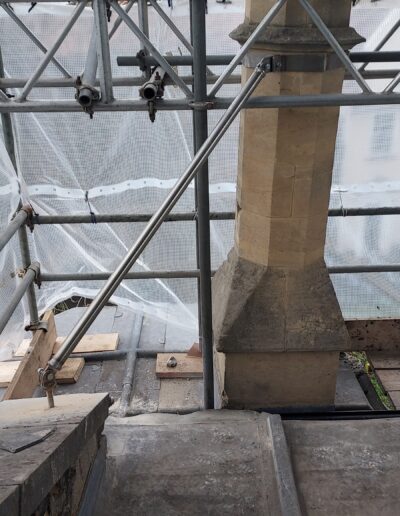
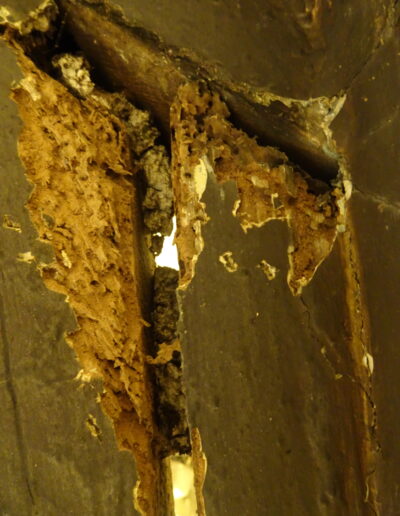
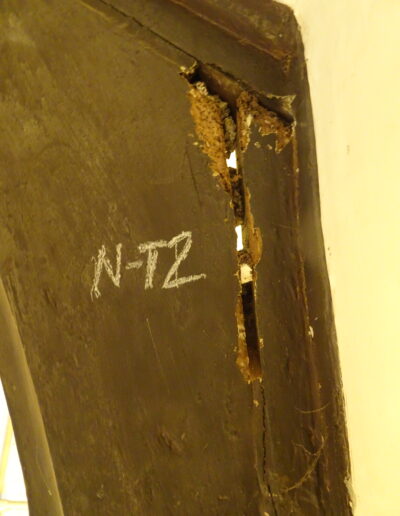
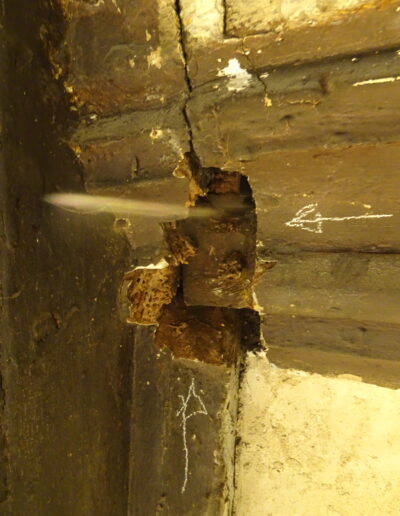
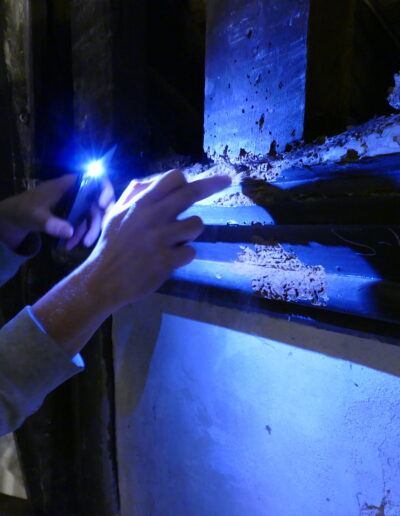
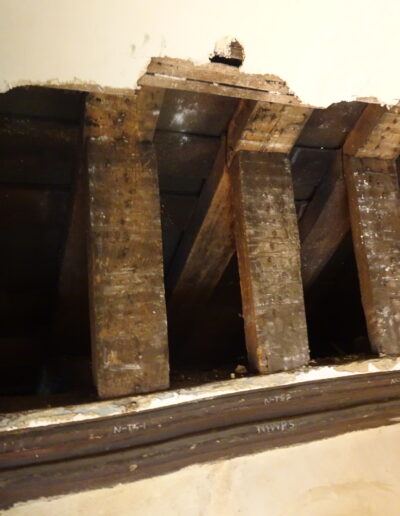
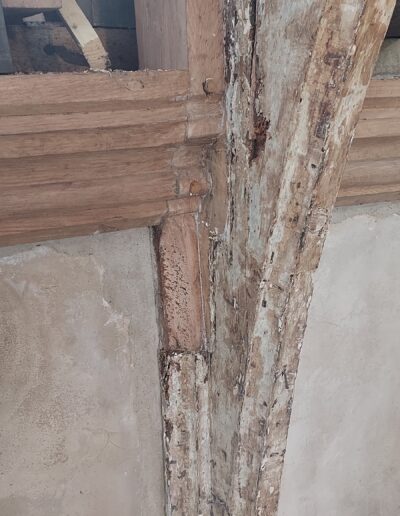
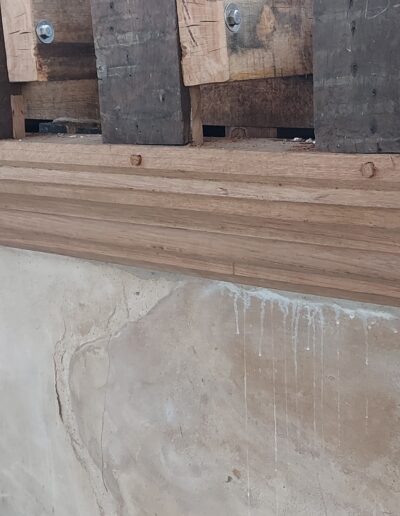
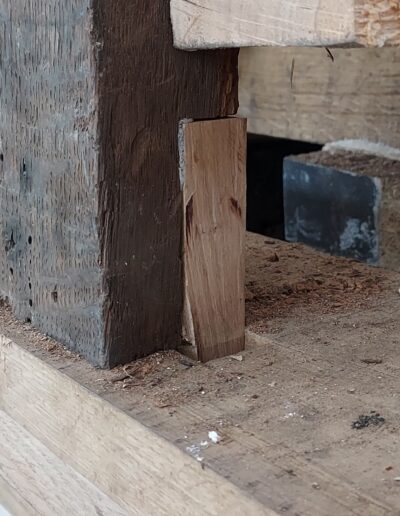
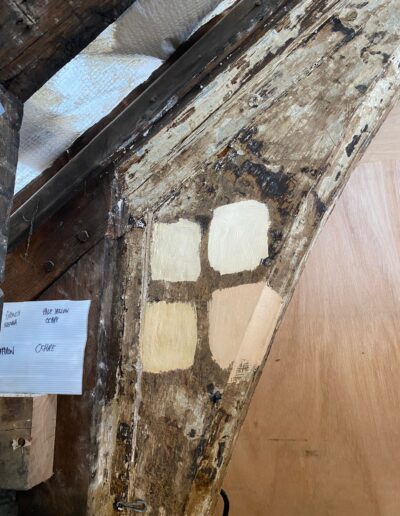
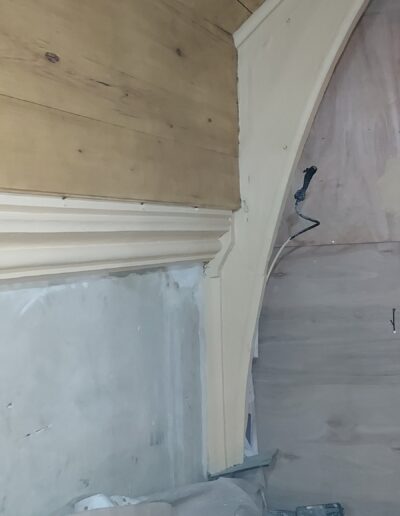
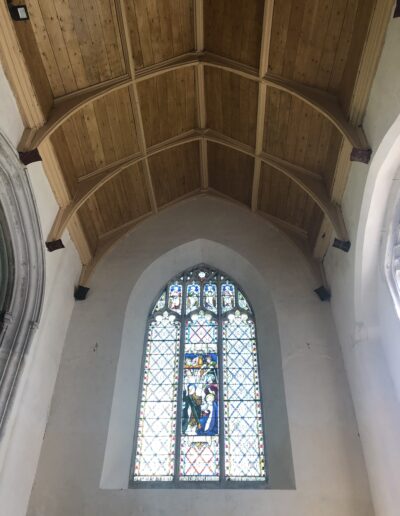
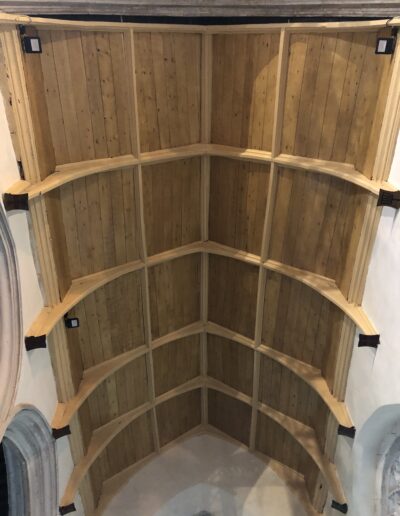
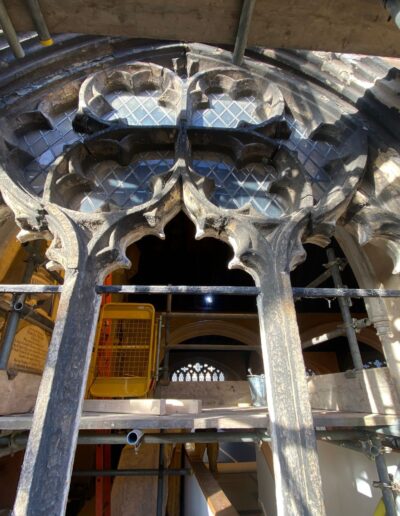
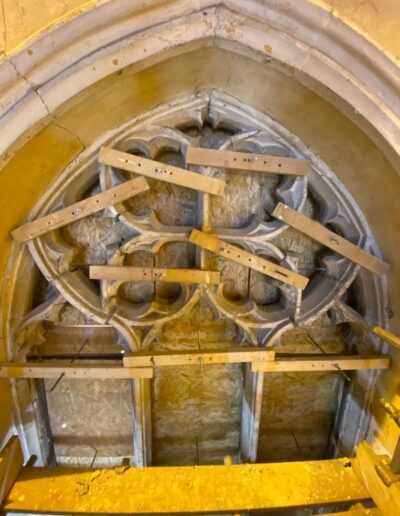
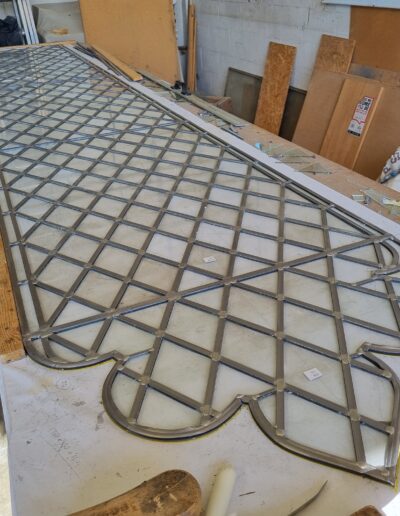
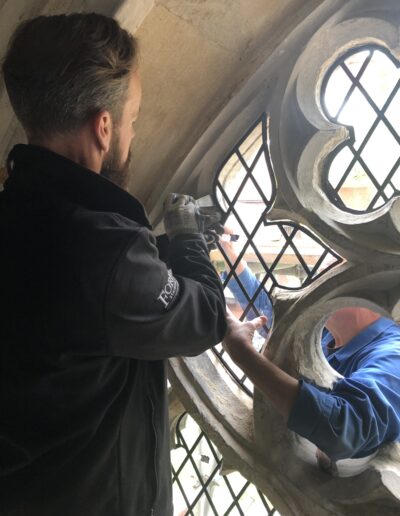
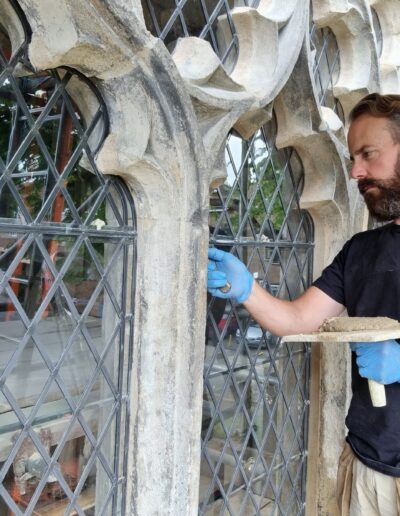
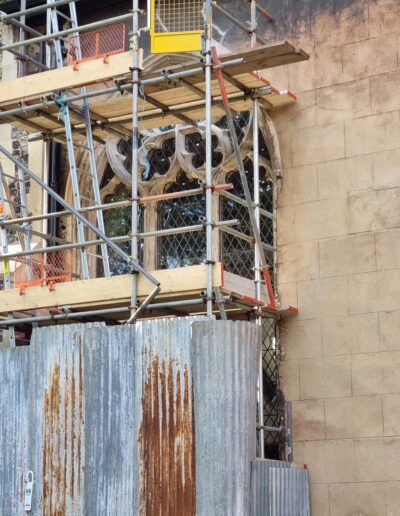
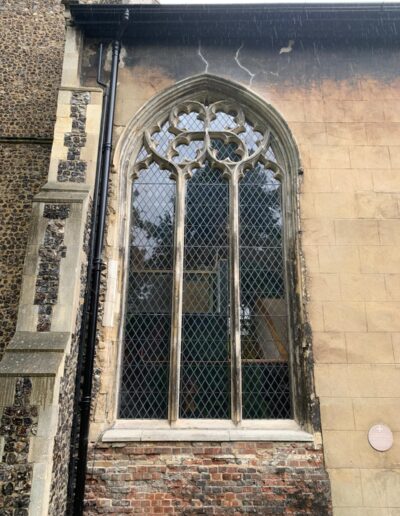
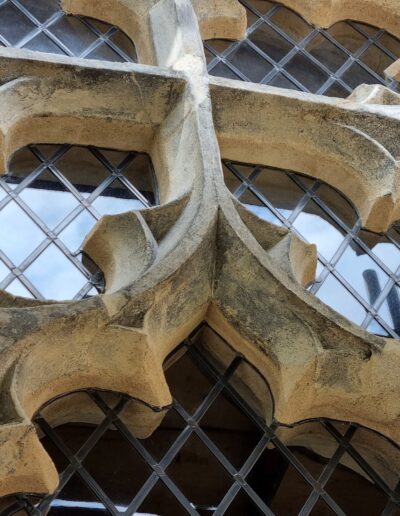
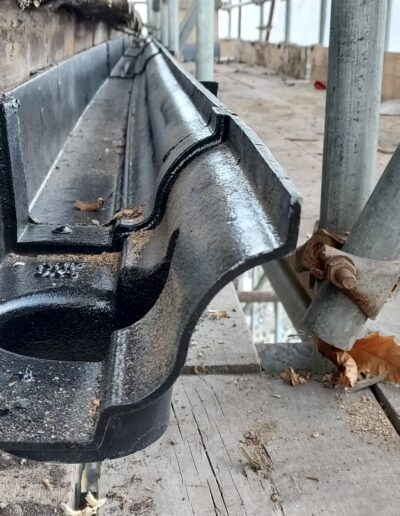
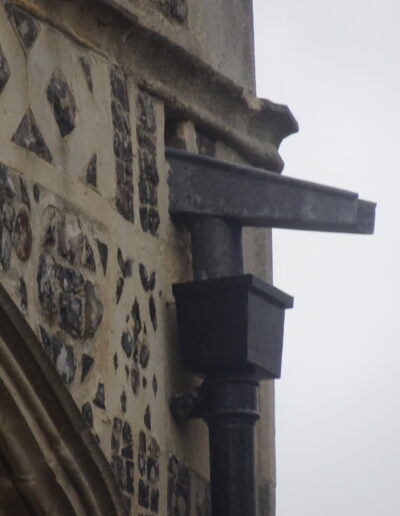
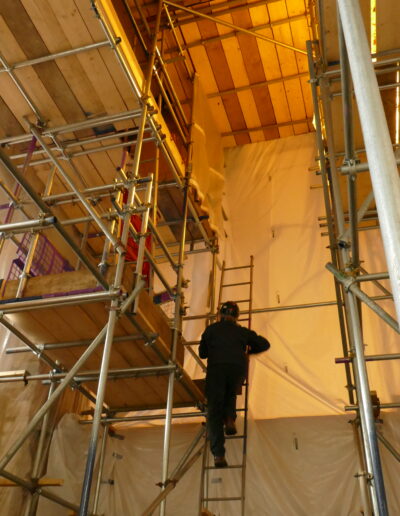
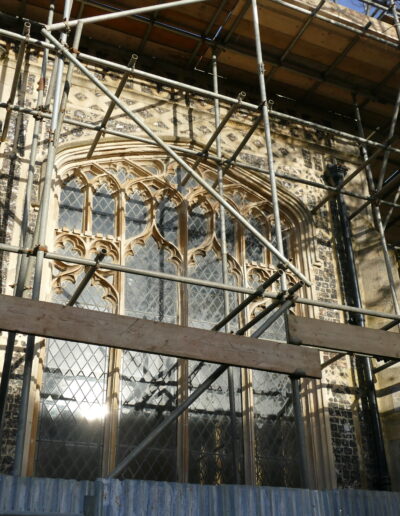
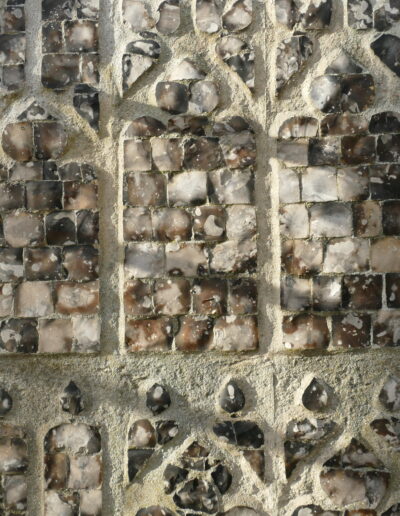
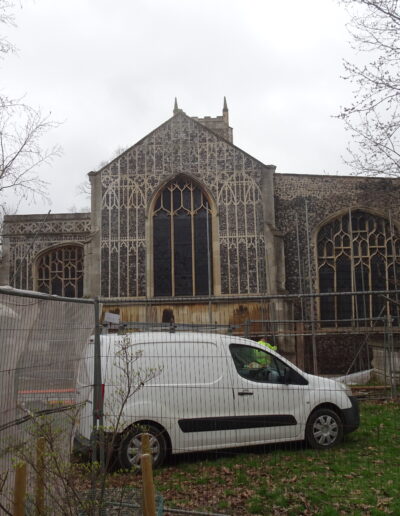
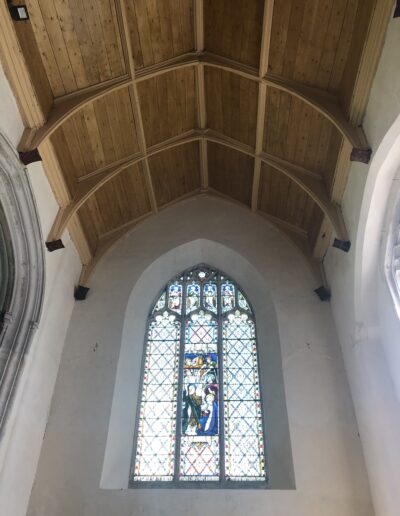
Recent Comments